Mid Scully Creek Habitat Restoration Projects





Fry Out Migration
From early April to early June, LWSS technicians and volunteers conducted sockeye fry out migration monitoring on the Mid-Channel of Scully Creek, which flows into Lakelse Lake.
This program evaluates the success of the spawning gravels that were placed by DFO in 2008 to increase sockeye populations from the Lakelse Watershed.
2281 sockeye were counted over the two-month period during spring 2025. Many other species were also counted including Coho salmon, Pink salmon, and Cutthroat trout.
The mark-recapture study will give us an estimate on the total population of fry emerging from the placed gravels.
The fry out migration monitoring started in 2021 and has taken place every spring since then, and will continue in future years.
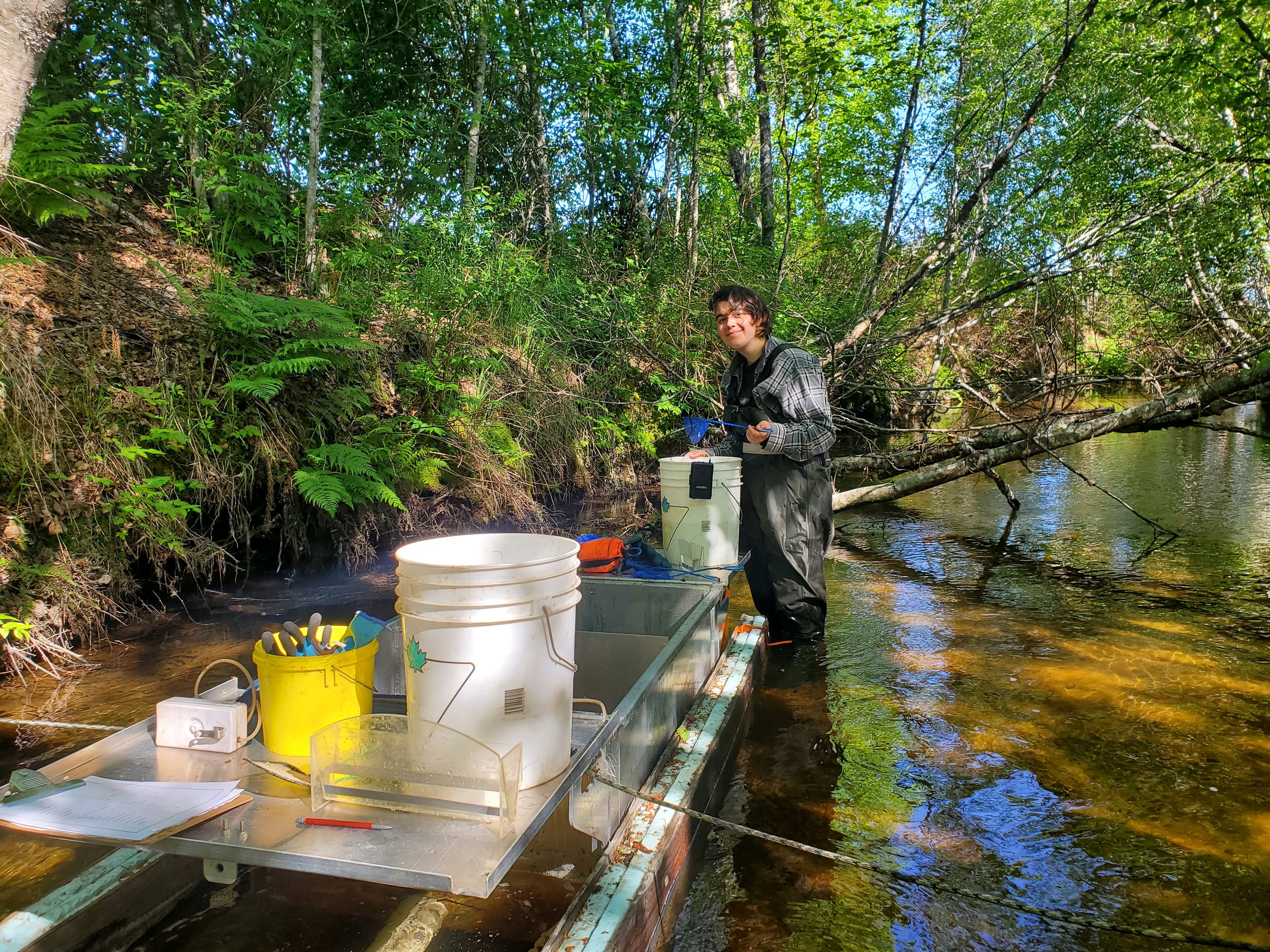
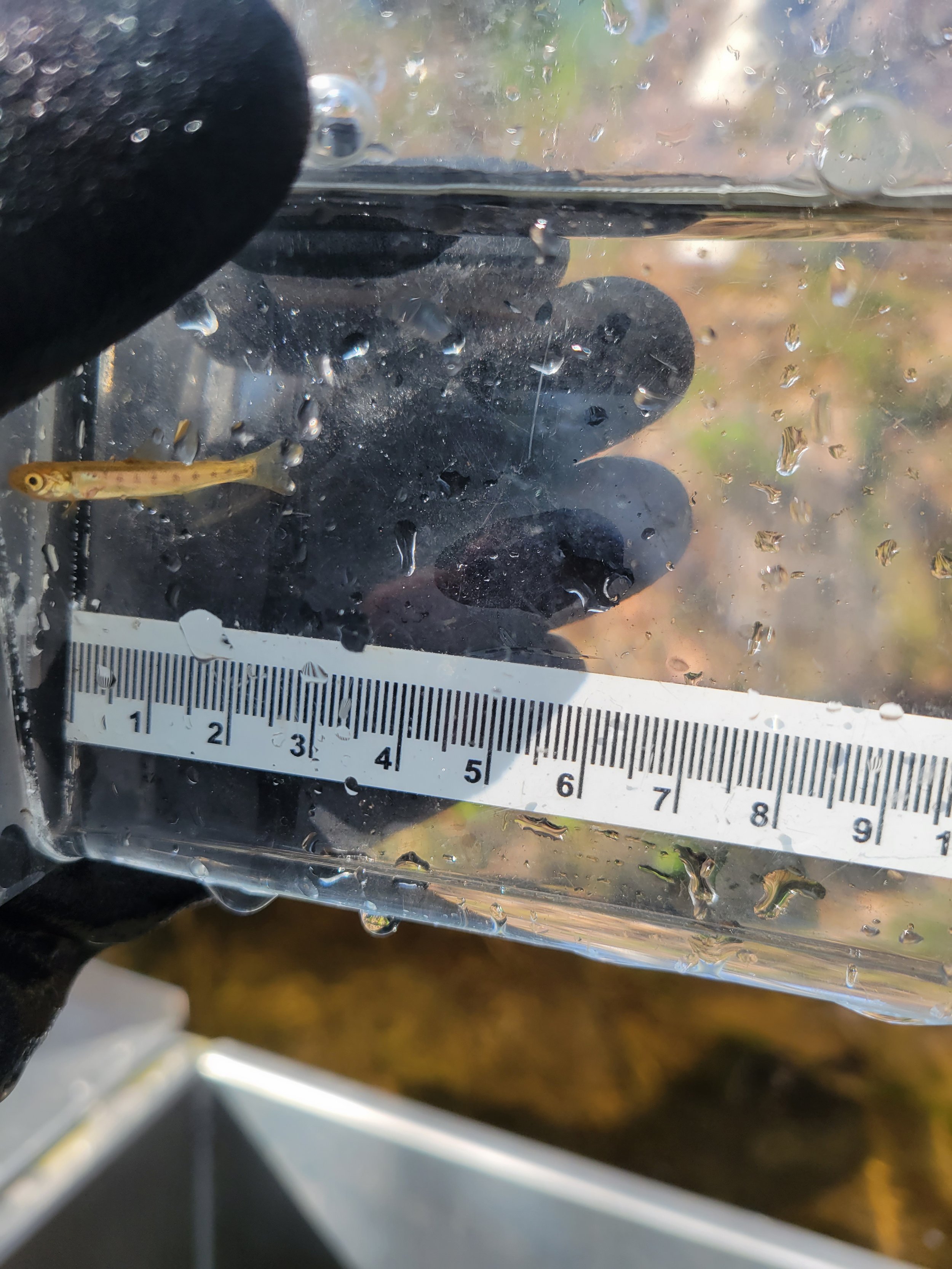
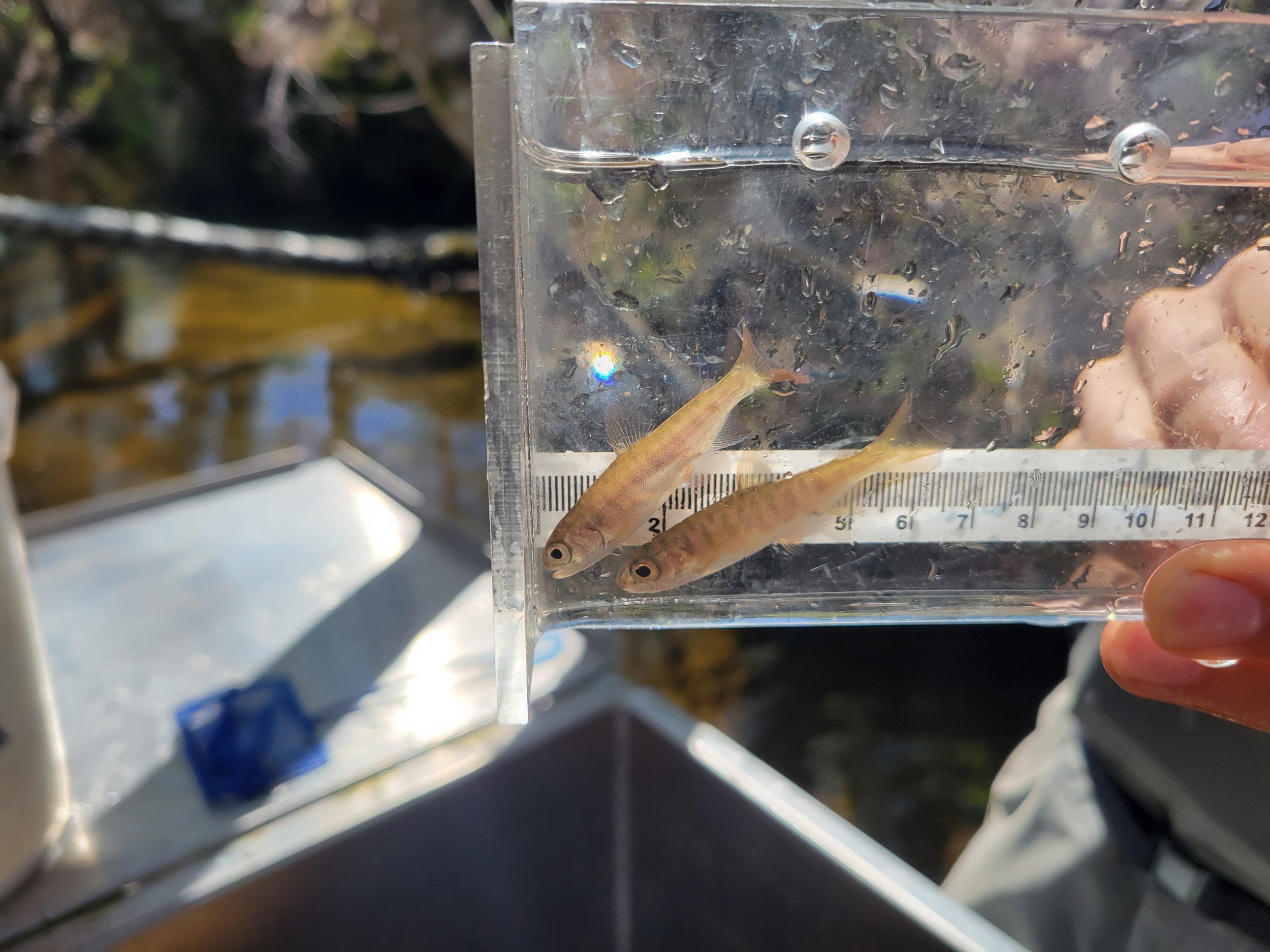
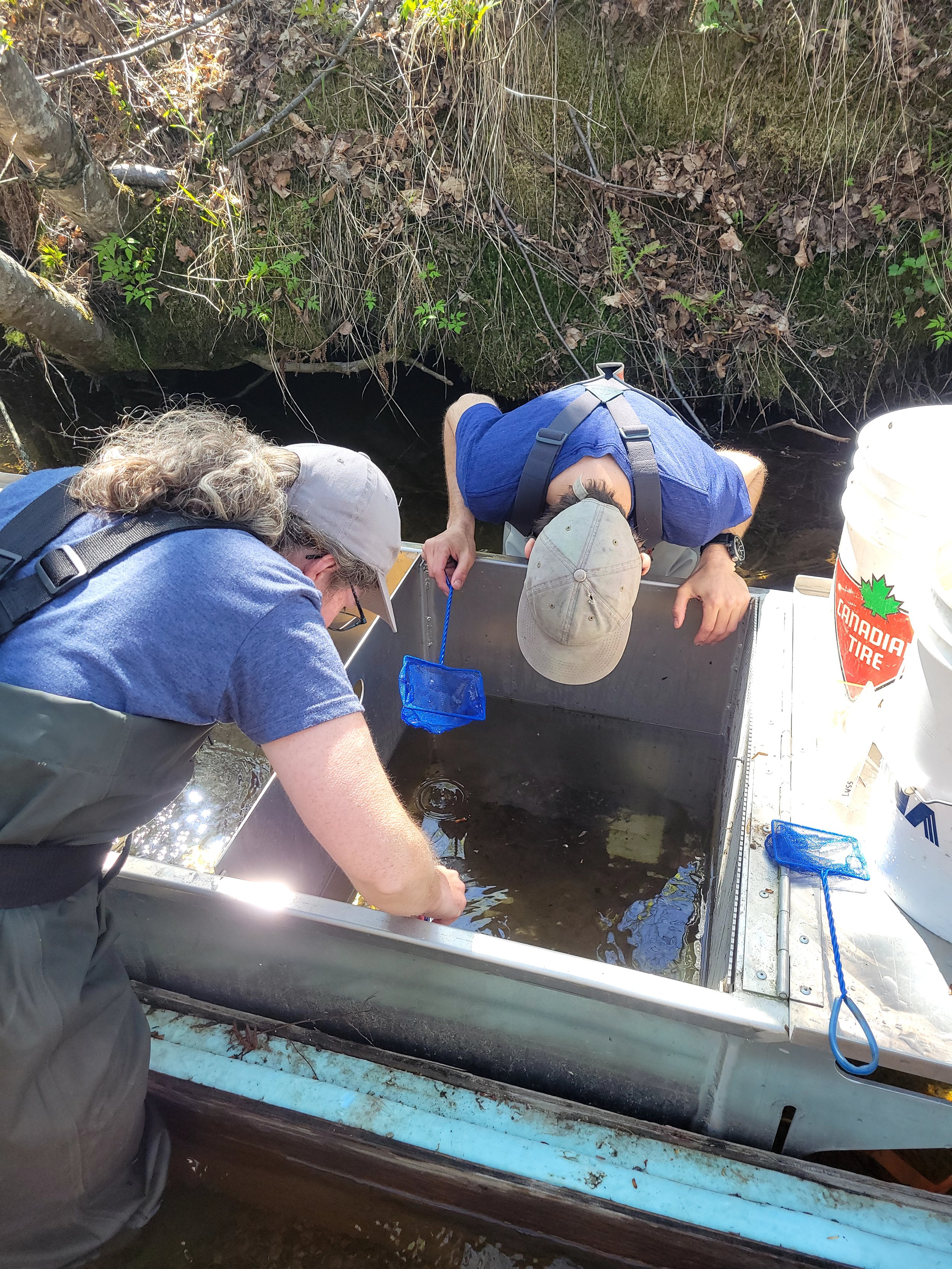
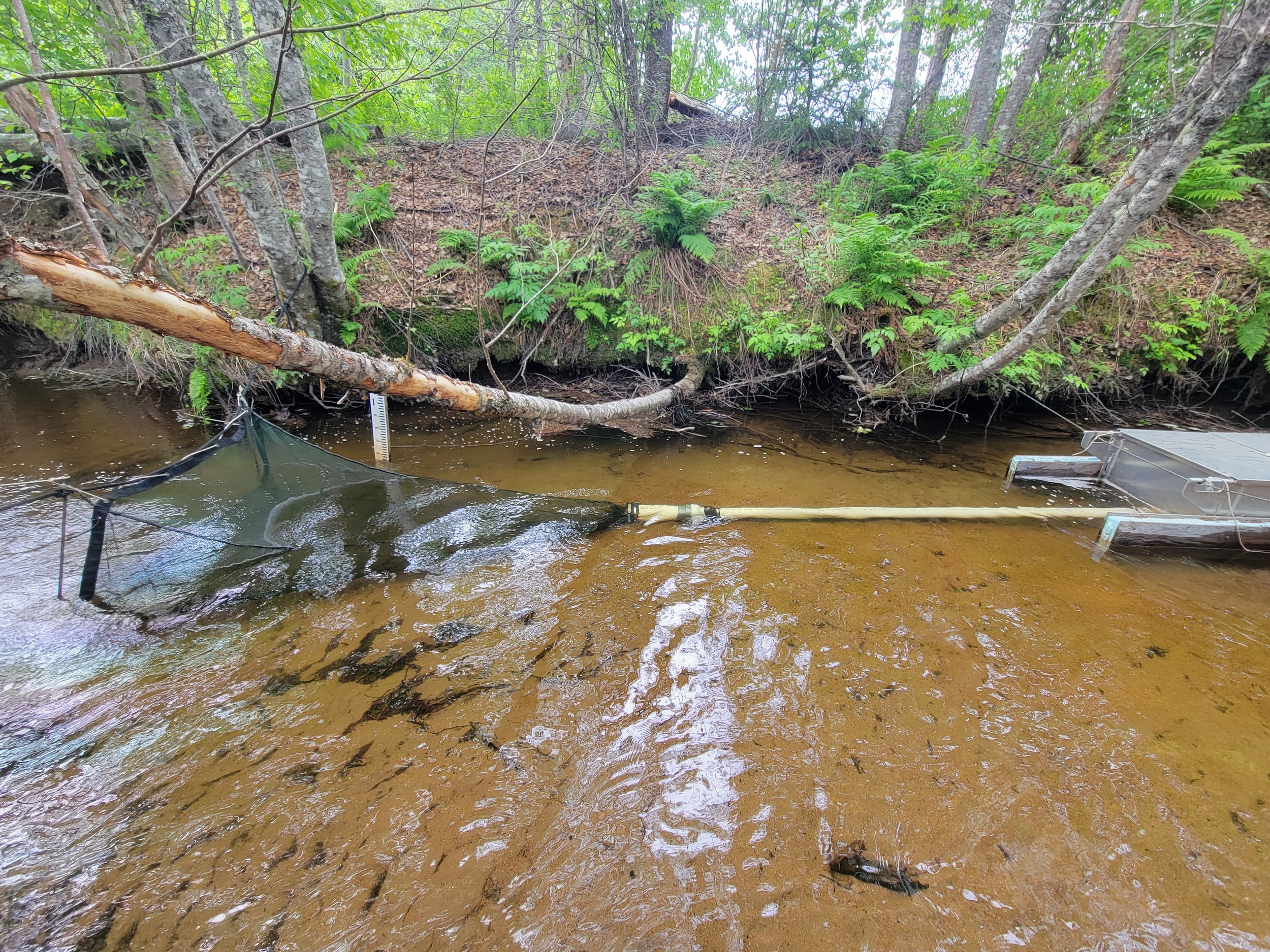
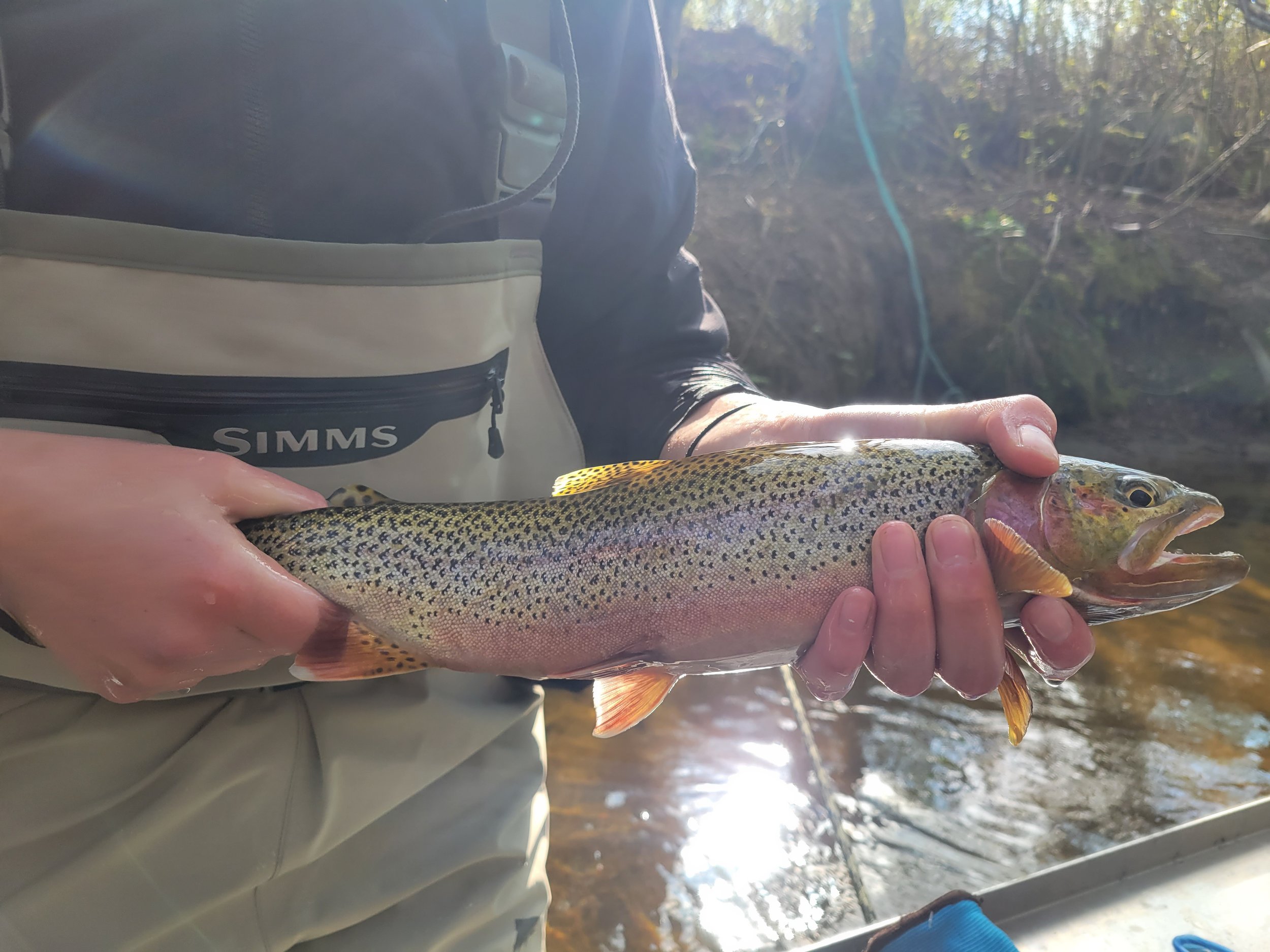
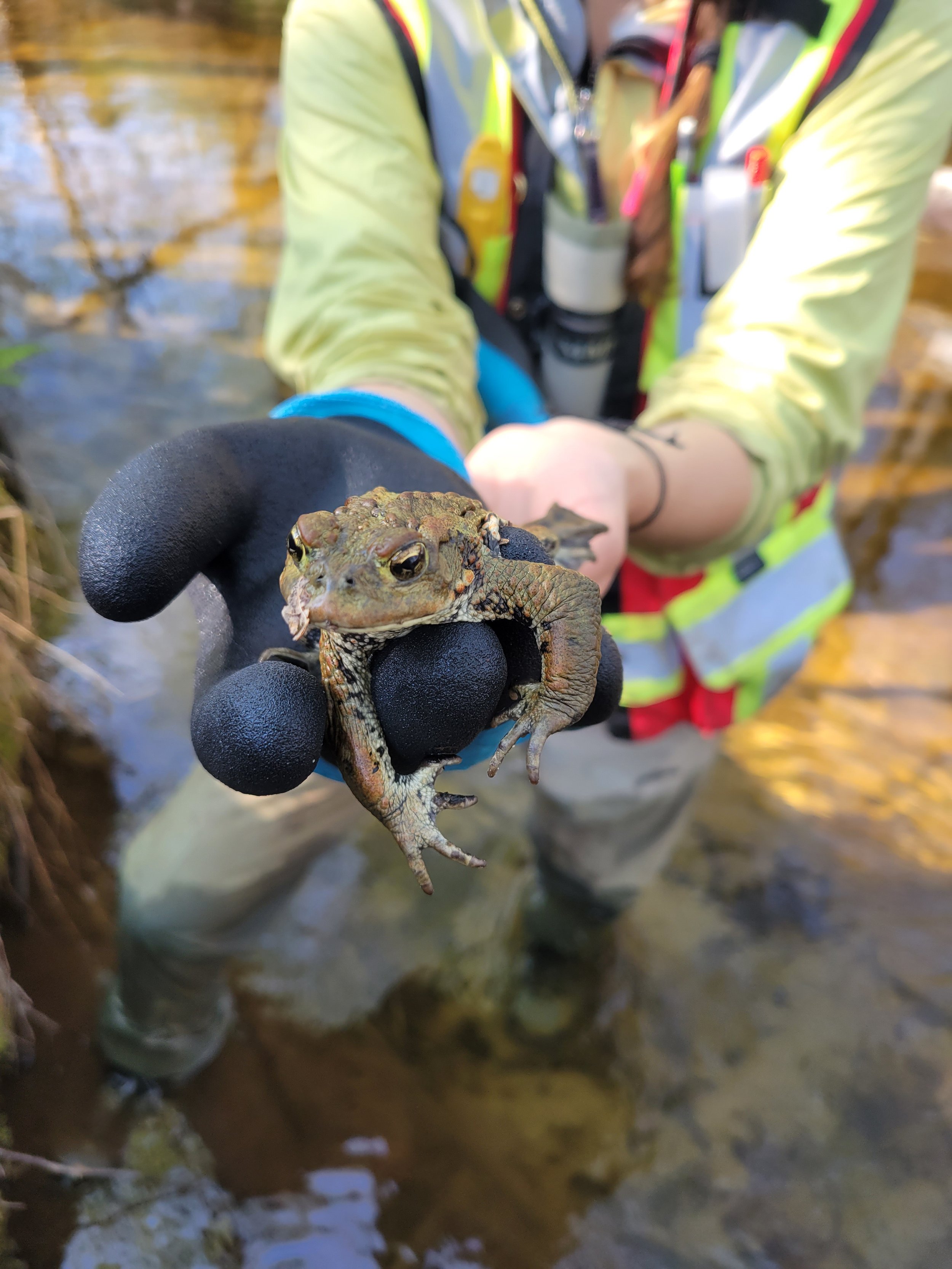
Gravel Pad Additions
Many areas in Mid Scully creek have had gravel platforms added to increase the amount of useful spawning habitat for salmon to use. As the Scully creeks are mostly sandy or clay bottoms, they did not naturally offer a lot of spawning habitat since salmon require gravel, pebbles or cobble for their eggs.
So far, works have been done in 2023, 2024 and 2025, with a total of eight platforms throughout the creek completed to date.
This restoration work is being done to enhance the work done by DFO in 2008 when they initially added gravel into the creek.



Stream Walks
Throughout the fall season, starting late September to November, LWSS technicians will be conducting stream walks to enumerate the spawning salmon.
Mid Scully creek sees sockeye, pink and coho salmon returning every year from the ocean to spawn.
By going out and counting the adult salmon, not only can we get a population estimate, but we are also ensuring that the restoration works are successful and effective.
So far this fall, LWSS technicians have counted over 250 sockeye that are spawning in the creek. Coho are expected to return later in October/November.





Tree Planting
In collaboration with Kitsumkalum First Nations, LWSS technicians have been working on planting coniferous tree species in the riparian area of Mid Scully creek.
Mid Scully currently has an abundance of deciduous trees and shrubs on the creek banks which unfortunately are highly preferred by beavers and do not live as long as coniferous trees do.
To increase the amount of conifers around the creek, Kitsumkalum and LWSS technicians planted ~6,000 Western red cedar saplings in the riparian zone. Not only do conifers deter beavers, but they will also provide shade for the water, their roots will stabilize the banks and when they fall they will become large woody debris adding complexity to the stream channel.
Project Partners
LWSS has partnered with Kitsumkalum First Nation for the 2 Billion Trees project, and the addition of spawning gravels (BCSRIF).
LWSS also partnered with Department of Fisheries and Oceans (DFO), the Pacific Salmon Foundation (PSF) and SkeenaWild.
Interested in joining us for the work we do? Sign up as a volunteer below!






